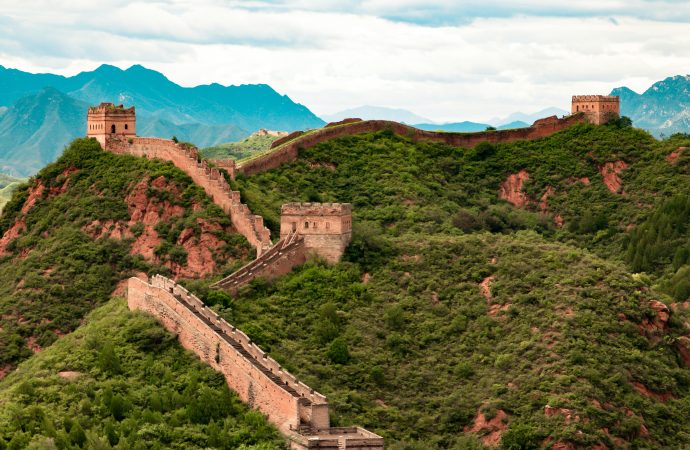From ancient ruins to majestic monuments, our world is filled with a rich history and heritage that tells the stories of those who came before us. These landmarks not only remind us of the past, but also help us understand the present and shape the future. In this article, we will explore some of the
From ancient ruins to majestic monuments, our world is filled with a rich history and heritage that tells the stories of those who came before us. These landmarks not only remind us of the past, but also help us understand the present and shape the future. In this article, we will explore some of the most significant historical sites and their importance in today’s world.
The Great Wall of China The Great Wall of China is one of the most iconic landmarks in the world, stretching over 13,000 miles and dating back to the 7th century BCE. The wall was built to protect the Chinese empire from invaders and served as a symbol of China’s power and strength. Today, it remains an important symbol of China’s history and identity, drawing millions of tourists each year.
The Pyramids of Giza The Pyramids of Giza are among the oldest and most recognizable landmarks in the world, built over 4,500 years ago in Egypt. The pyramids were built as tombs for Pharaohs and their queens, and the Great Pyramid of Giza is the largest of the three, standing at over 480 feet tall. The pyramids serve as a reminder of the incredible engineering skills of the ancient Egyptians, and the immense power of their rulers.
The Acropolis The Acropolis is a hill in Athens, Greece, where some of the most important ancient Greek buildings were constructed. The most famous of these is the Parthenon, a temple dedicated to the goddess Athena. The Acropolis was also home to the Theatre of Dionysus, where many of the great Greek tragedies were performed. Today, the Acropolis is a UNESCO World Heritage Site, and serves as a symbol of the great achievements of ancient Greece.
Machu Picchu Machu Picchu is an ancient Incan city located in the Andes Mountains of Peru. Built in the 15th century, it served as a religious and political center for the Incan Empire, until it was abandoned during the Spanish conquest of Peru. The city was rediscovered in 1911, and today is a major tourist attraction, drawing visitors from all over the world to marvel at the incredible architecture and stunning mountain views.
The Colosseum The Colosseum is an amphitheater located in Rome, Italy, and is one of the most iconic symbols of the Roman Empire. Built in the 1st century CE, it was used for gladiatorial contests and public spectacles, and could hold up to 80,000 spectators. Today, it is one of the most popular tourist attractions in Rome, and serves as a reminder of the brutal nature of ancient Roman entertainment.
In conclusion, historical landmarks serve as a link between the past and present, and help us understand the world we live in today. These sites are not just important for their historical significance, but also for their cultural and social significance, representing the great achievements and struggles of humanity throughout history.

















Leave a Comment
Your email address will not be published. Required fields are marked with *